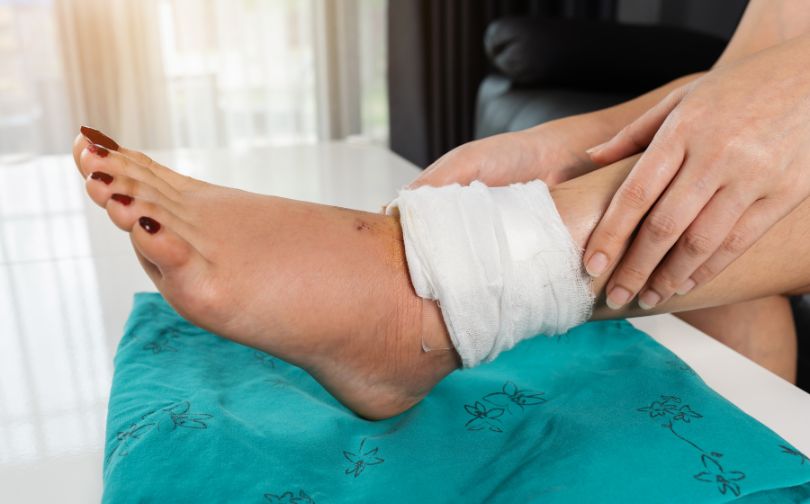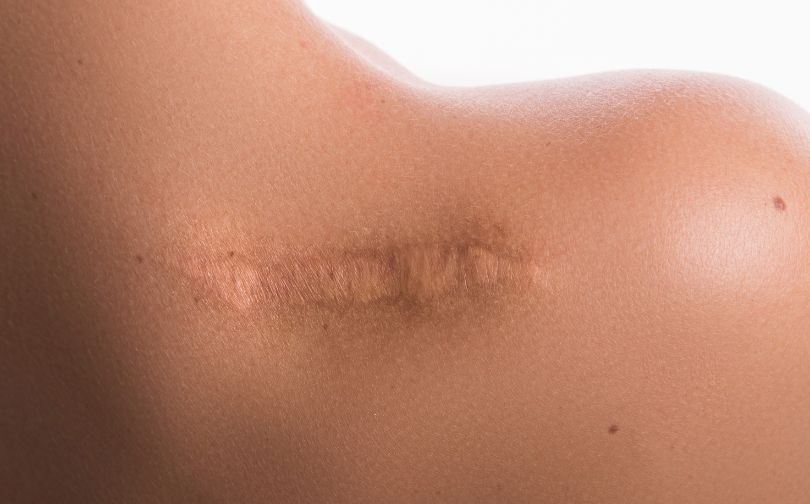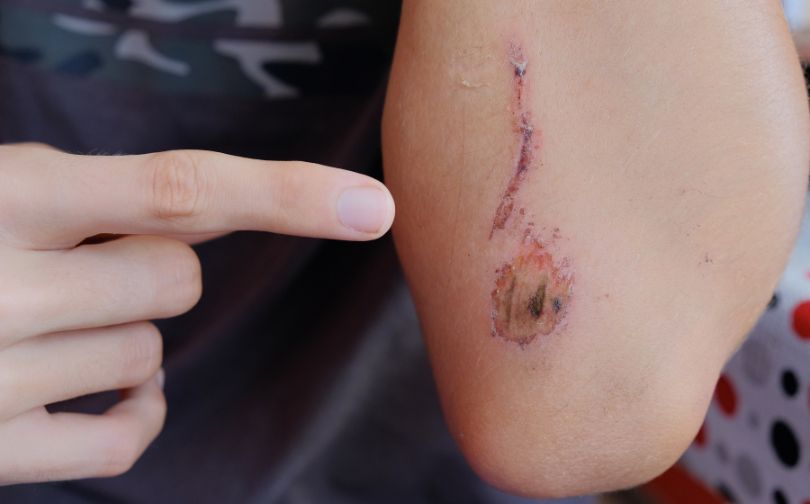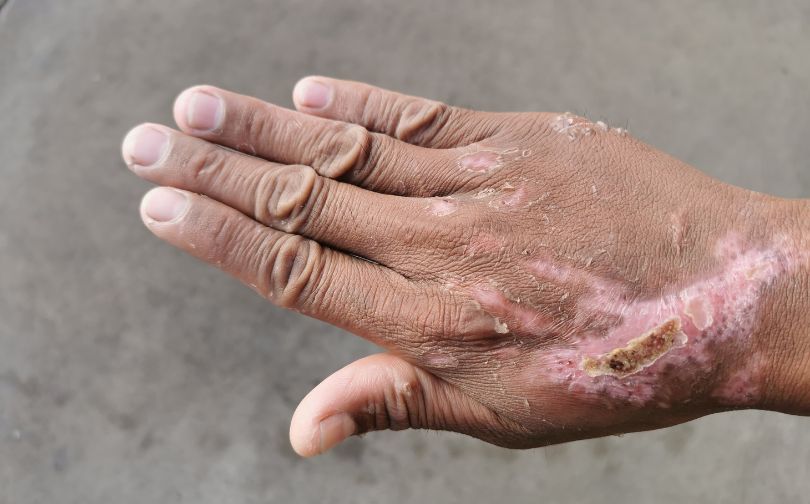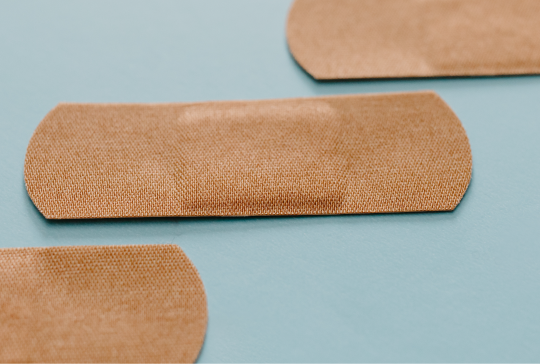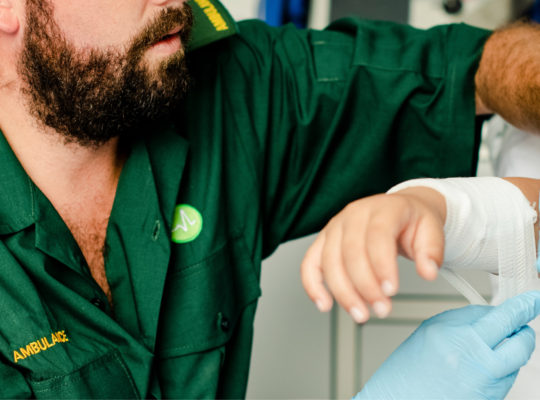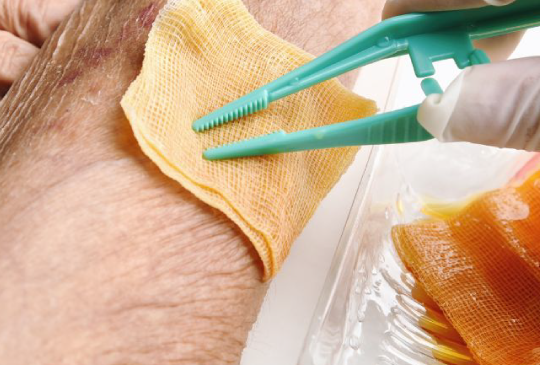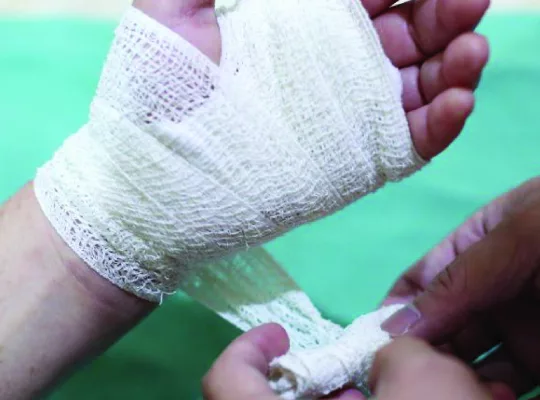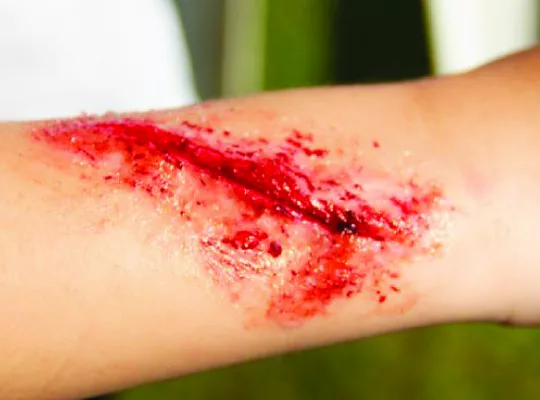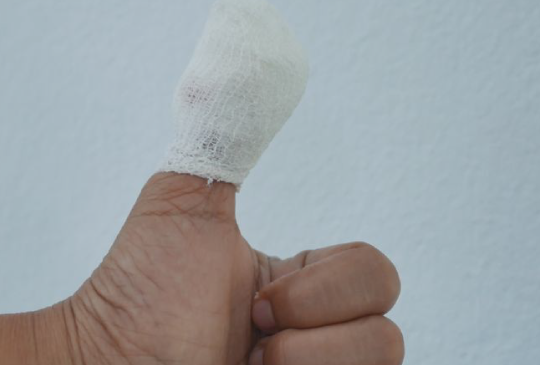When dealing with wounds, people often wonder whether it’s better to let them breathe or cover them up. This decision can impact how quickly the skin heals and whether complications arise. Many are concerned about infections or scars forming if they choose the wrong approach, making it important to understand the best practice for wound care.
A fact that surprises many is that wounds heal faster when kept moist rather than exposed to the air. Leaving a wound uncovered could lead to dryness, slowing down recovery and increasing discomfort.
In this article, we will examine both sides, address the common concerns, and offer clear guidance on how to care for wounds effectively. You’ll leave with the knowledge needed to make the right decision for better healing.
The Case for Covering Wounds
Often, our first instinct is to cover a wound. Here are some advantages to this approach.
Protection from Contaminants
One of the primary advantages of covering a wound is that it provides a physical barrier against external contaminants. The human body is home to many bacteria, viruses, and fungi, some of which can cause infections if they come into contact with an open wound. Applying a sterile bandage creates a shield that prevents harmful pathogens from entering the wound site, reducing the risk of infection. Usually, doctors recommend covering wounds in naturally moist areas, like the groin or underarms, which can promote bacterial growth that contaminates a wound.
Moist Environment
Many healthcare professionals recommend covering wounds with a bandage to maintain a clean and moist environment. These environments can promote faster and more effective healing. It prevents the wound from drying out, which can lead to the formation of a scab. Scabs are temporary protectors that can impede and slow the healing process by acting as barriers that hinder the migration of essential cells necessary for tissue repair.
Reduced Scarring
Covering a wound can also help reduce scarring. When an injury is allowed to remain exposed, it is more likely to form a scab. As mentioned, scabs can inhibit healing, often resulting in more prominent scars. By keeping the wound covered and moist, you can encourage the growth of new skin cells and minimize scarring.
Pain Management
Covering a wound can provide some degree of pain relief. The krinkle gauze bandage can be a cushion, protecting the damage from friction and reducing discomfort. In cases where wounds are susceptible, this added protection can be crucial for pain management.
Keeping Treatment Localized
Covering a wound also allows you to treat a specific area of your body without worrying that any ointment you might apply (such as pain cream or an antibiotic) will accidentally rub off.
The Case for Letting a Wound Breathe
While it may seem odd not to cover a wound, letting an injury breathe is just as advantageous for some.
Oxygen Supply
Oxygen is essential for wound healing, and some argue that letting a wound breathe allows for a better oxygen supply to the injured area. A critical role is played by oxygen in various stages of the healing process, including collagen formation and tissue regeneration. Allowing a wound to be exposed to the air could enhance the oxygen exchange at the wound site. Some examples of wounds that benefit from topical oxygen therapy include:
- Diabetes
- Vascular ulcers
- Post-surgical infections
- Pressure injury
- Amputations and infected stumps
- Skin grafts
- Cellular tissue-based products
- Prevention of wound dehiscence
- Ischemic tissues
- Burns
- Frostbite
Faster Drying
Some wounds, especially minor cuts and abrasions, benefit from exposure to the air. Allowing an injury to air out can promote faster drying, which prevents bacterial growth. This method is particularly effective for superficial wounds that do not require a bandage for protection.
Psychological Comfort
For some individuals, the psychological comfort of seeing the wound is essential to the healing process. Monitoring the wound’s progress can alleviate anxiety and provide a sense of control over the situation. Letting a wound breathe can offer this psychological benefit.
Limited Allergic Reactions
Sometimes, individuals may be allergic to specific bandages or adhesive materials. Allowing a wound to remain uncovered can help avoid allergic reactions or skin irritation caused by bandage materials.
The Middle Ground: Proper Wound Care
While the debate between covering and letting a wound breathe continues, it’s important to note that there is no one-size-fits-all answer. The best approach to wound care depends on the type and severity of the wound and individual factors. Therefore, here are some general guidelines for proper wound care:
- Cleanse the wound: Regardless of whether you choose to cover or let a wound breathe, it’s crucial to start by cleaning the damage with mild soap and water to remove dirt and debris.
- Assess the wound: Consider the injury’s size, depth, and location. Superficial wounds may benefit from exposure to air, while one should cover deeper or more vulnerable wounds.
- Apply antibiotic ointment (if necessary): For wounds at risk of more significant infection (typically those that are larger or deeper with more exposed surface area), applying an antibiotic or topical ointment filler before covering the wound can provide an extra layer of protection.
- Cover with an appropriate dressing: Use a sterile bandage or dressing to cover the wound. Change the dressing regularly, following healthcare provider recommendations or as needed. If you want to monitor your wound’s progress, use a transparent bandage.
- Monitor the wound: Keep a close eye on the wound’s progress. If you notice signs of infection (redness, swelling, pus, or increased pain), consult a healthcare professional promptly.
Conclusion
The debate over whether to cover or let a wound breathe remains a topic of discussion among healthcare professionals and individuals alike. Ultimately, the decision should be based on the specific characteristics of the wound, personal preferences, and the guidance of a healthcare provider when necessary. Most important is that wounds receive proper care, which includes keeping them clean, protecting against infection, and promoting a healing environment, whether covering them with a bandage or letting them breathe freely.
FAQs
Why Is Moisture Important for Wound Healing?
Moisture is essential for wound healing because it promotes faster skin regeneration, reduces pain, and minimizes scarring. A moist environment prevents the formation of scabs, which can delay healing, and keeps new skin cells alive. It also helps in creating an ideal space for healing.
When Should You Stop Covering a Wound?
You should stop covering a wound once it has healed, meaning the skin is closed and there are no signs of infection. It’s safe to stop when a scab has formed and dried, but avoid disrupting the healing by removing the cover too early.
Are There Any Exceptions to Covering Wounds?
Yes, minor dry scabs from small cuts or scrapes may be left uncovered. In certain cases, pressure ulcers on the heels might be left open to dry. However, it’s essential to consult a healthcare provider for specific wound care recommendations based on the wound type.
How Often Should You Change a Wound Dressing?
Wound dressings should be changed daily or more frequently if they become wet or dirty. Changing dressings regularly helps maintain a clean environment and allows you to monitor the wound’s healing progress. Keeping the area clean reduces the risk of infection.


